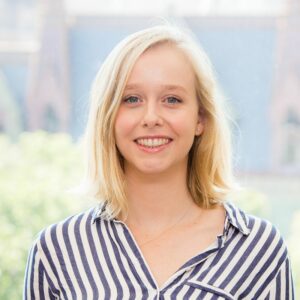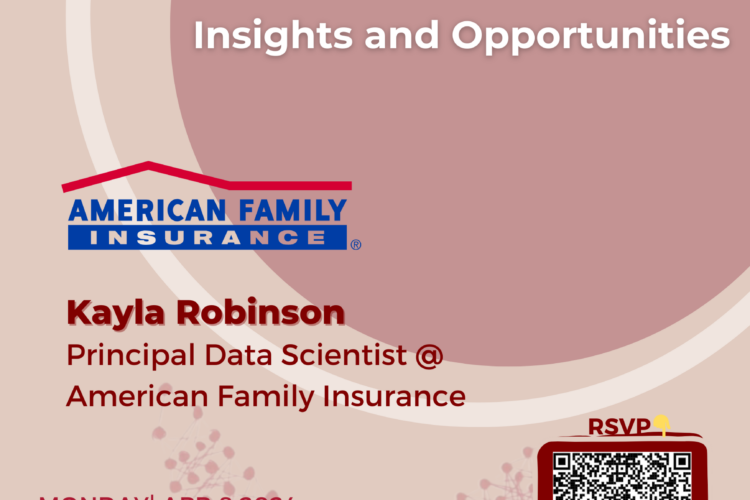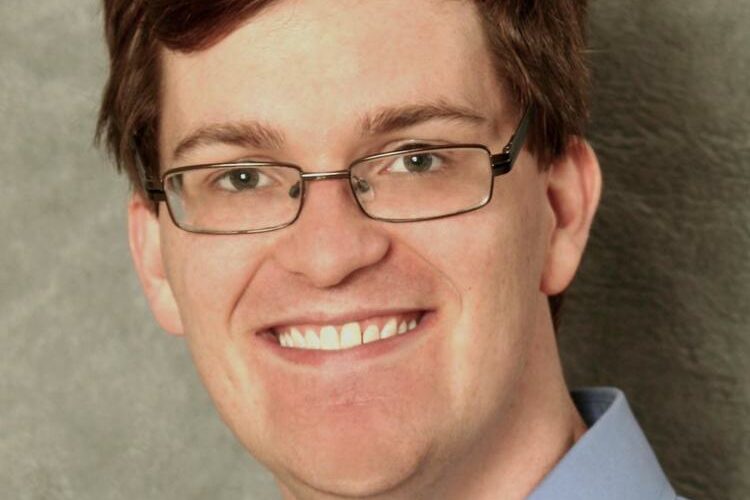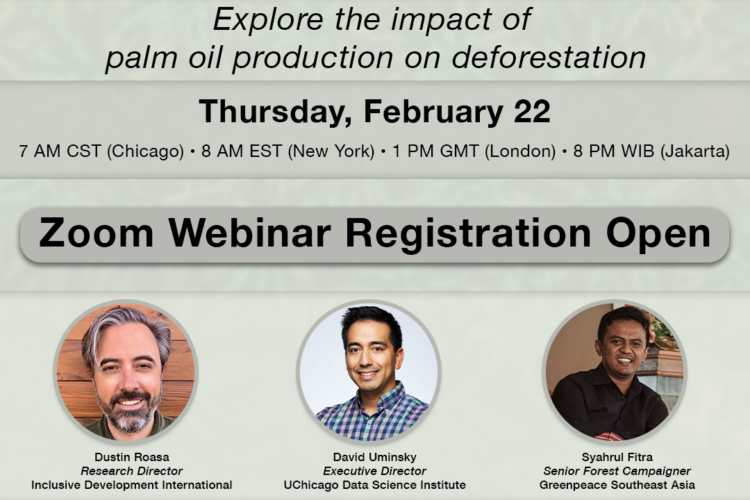Gemma Moran (Columbia) – Identifiable Deep Generative Models via Sparse Decoding
We develop the sparse VAE for unsupervised representation learning on high-dimensional data. The sparse VAE learns a set of latent factors (representations) which summarize the associations in the observed data features. The underlying model is sparse in that each observed feature (i.e. each dimension of the data) depends on a small subset of the latent factors. As examples, in ratings data each movie is only described by a few genres; in text data each word is only applicable to a few topics; in genomics, each gene is active in only a few biological processes. We prove such sparse deep generative models are identifiable: with infinite data, the true model parameters can be learned. (In contrast, most deep generative models are not identifiable.) We empirically study the sparse VAE with both simulated and real data. We find that it recovers meaningful latent factors and has smaller heldout reconstruction error than related methods.
 Bio: I am a postdoc at the Columbia Data Science Institute, working with David Blei. Previously, I received my PhD in statistics from the University of Pennsylvania, advised by Edward George and Veronika Rockova. My research develops flexible Bayesian models for analyzing high-dimensional data. Some of my recent research interests include:
Bio: I am a postdoc at the Columbia Data Science Institute, working with David Blei. Previously, I received my PhD in statistics from the University of Pennsylvania, advised by Edward George and Veronika Rockova. My research develops flexible Bayesian models for analyzing high-dimensional data. Some of my recent research interests include:
- developing identifiable and interpretable deep generative models (especially variational autoencoders);
- improved tools for Bayesian model criticism.

Navigating the Data Science Job Market: Insights and Opportunities

Inderjit S. Dhillon (The University of Texas at Austin) – MatFormer: Nested Transformer for Elastic Inference

Brandon Stewart (Princeton University) – Getting Inference Right with LLM Annotations in the Social Sciences
